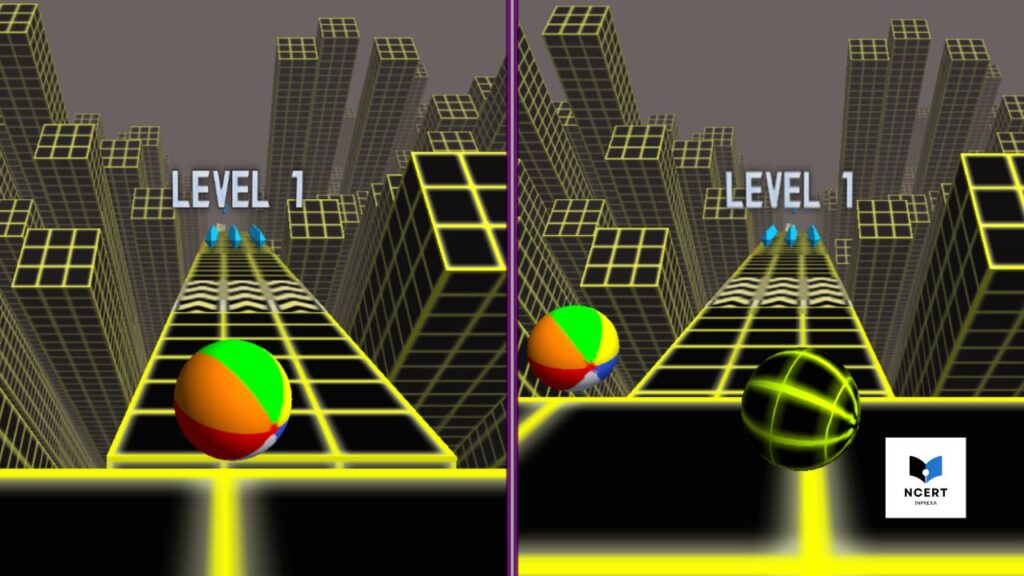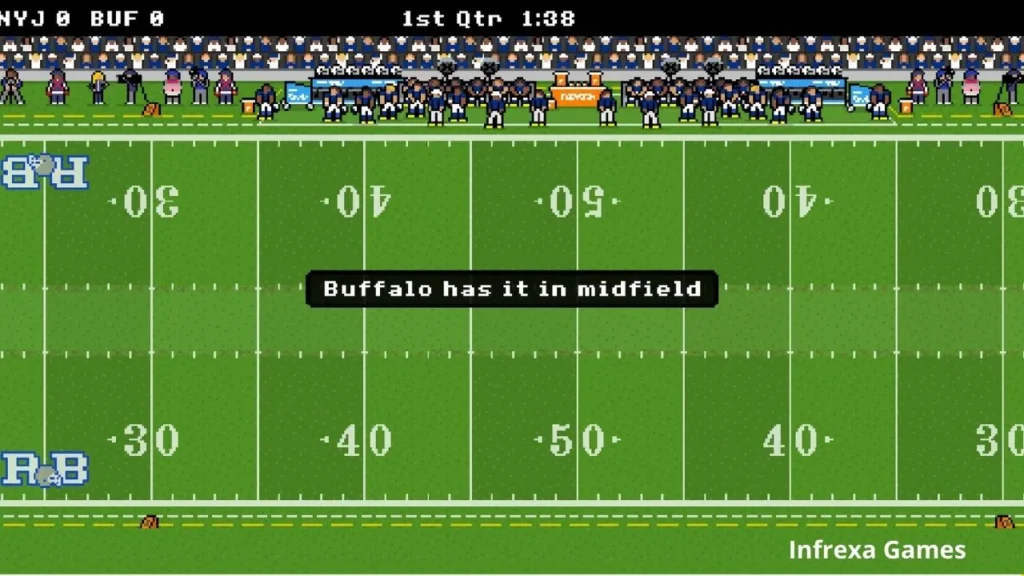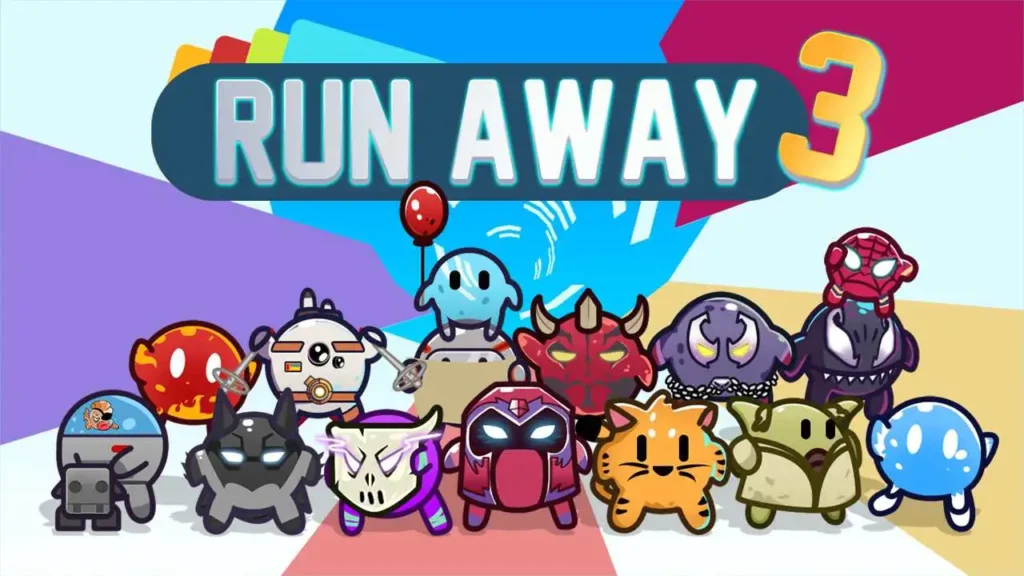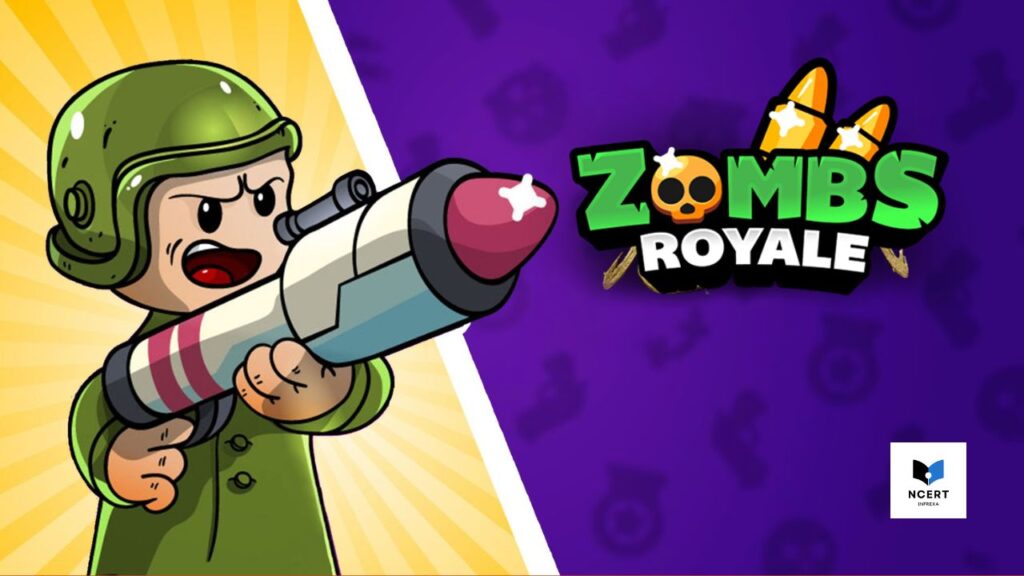Two Ball 3D – 2 Players is a high-skill, split-screen running game developed by RHM Interactive. It utilizes the familiar physics and geometric tracks of games like Slope, but converts the experience into a direct, competitive challenge where two players race simultaneously on parallel tracks. This game requires continuous concentration and synchronized reaction time.
Gameplay
Your goal in the game is to keep your ball on the track as long as you can. There are two modes in the game: Single-Player Mode and the defining Two-Player Mode. When playing alone, the entire screen is dedicated to one track, allowing the player to focus fully on their ball’s movement. In the two-player mode, the screen is vertically divided, creating two simultaneous, independent tracks. This split introduces a competitive element where players race to see who can survive the relentless acceleration for the longest duration.
Control keys
The simultaneous two-player mode is designed to be played on a single keyboard, requiring players to adapt to separate control clusters:
- Player 1 (Left Screen): Use A and D keys to move left and right.
- Player 2 (Right Screen): Use Left and Right Arrow Keys to move left and right.
The Track and its Hazards
The track itself is a linear path that continuously twists, turns, and moves under the ball. The true challenge begins as the game progresses and the speed increases, introducing specific, high-stakes obstacles. The structural integrity of the track often fails in later runs; players will encounter sudden gaps that open up in the middle of the running surface, forcing an immediate lateral shift to the left or right edge. Furthermore, the track can become misaligned after a segment ends, requiring a quick adjustment to prevent the ball from veering into open space.
Beyond structural breaks, specific hazards appear to challenge precision. Red rectangular blocks frequently obstruct the center of the path, demanding players commit to a side to avoid an instant crash. Some track segments feature jumps, which, while exciting, risk launching the ball off the main path if the trajectory is not perfectly controlled. Finally, red roadrails line the edges of the track; touching these rails leads to an immediate crash and the end of the game for that player. Scattered across the road are diamonds (sky blue coloured crystals, which serve as collectible points that contribute to the player’s overall score and leaderboard ranking.
Strategy for Competitive Play
In the two-player mode, winning is less about achieving an impressive high score and more about disrupting your opponent’s concentration while maintaining your own rhythm.
1. Control Adaptation
The key strategic hurdle is the difference in control layout:
- Player 1 Advantage: The A/D keys are easier for the left hand to access quickly. This player should focus on maintaining a consistent, centered speed and avoiding the chaotic “twitch” movements that lead to crashes.
- Player 2 Challenge: The Arrow Keys often require the player to angle their hand awkwardly, making wide, fast sweeps more difficult. Player 2 should prioritize smaller, tap-based movements to minimize errors.
2. Synchronization and Disruption
Although the tracks are separate, they move in parallel. Use your successful movements to throw off your rival:
- The tracks feature repetitive obstacle patterns. Listen to the track sounds and maintain a rhythmic movement pattern. If Player 1 is performing well, their smooth movements can sometimes mentally synchronize with Player 2, helping both survive longer.
- A common competitive tactic is to briefly glance at your opponent’s screen when you know they are struggling or approaching a complex section. If you can survive a split second of distraction, watching them crash often provides a mental boost and a moment of relief.
3. Speed Management
Since the speed never resets or slows down, managing your mindset at extreme velocity is paramount:
- When the track geometry becomes highly curved (the ‘corner’ sections), always keep your ball anchored close to the inside wall of the curve. This minimizes the distance your ball has to travel and gives you more reaction time for the sudden horizontal shifts that follow.
- Do not try to keep the ball perfectly centered. The highest-level play involves picking one side of the track (left or right) and sticking to it for a long duration, using only micro-movements to dodge, effectively cutting the visible play area in half to simplify decision-making.




![Play Snowball.io [Full Screen] on Infrexa](https://ncert.infrexa.com/wp-content/uploads/2023/04/Play-Snowball-.io-Full-Screen-on-Infrexa-1024x576.jpg)

